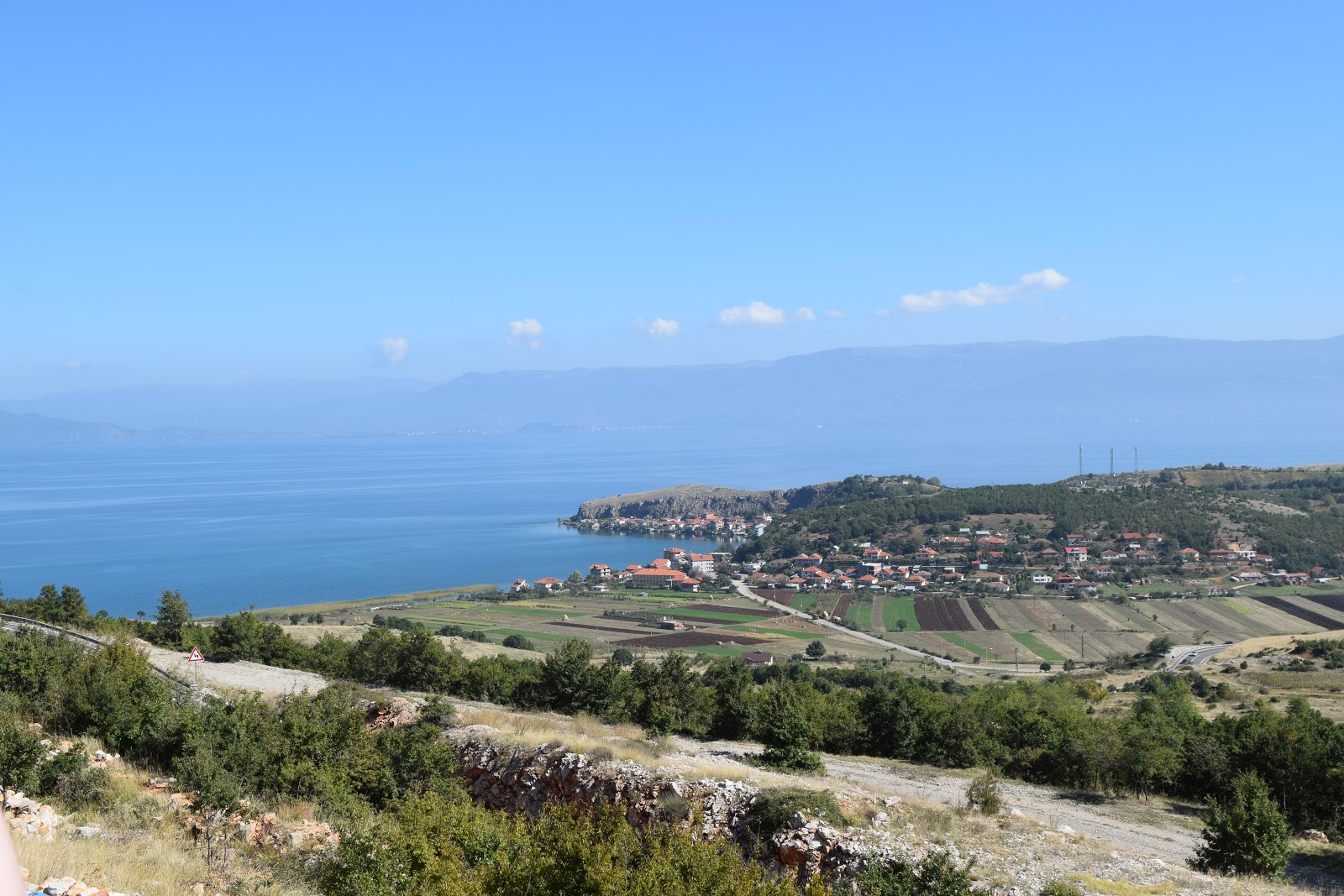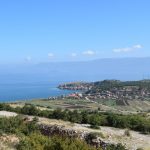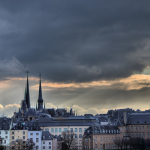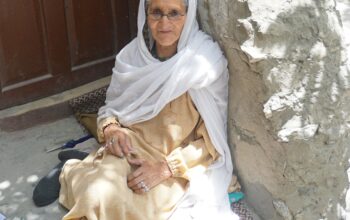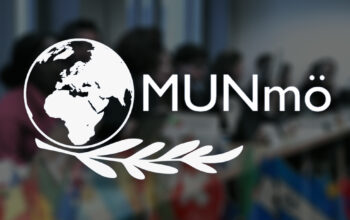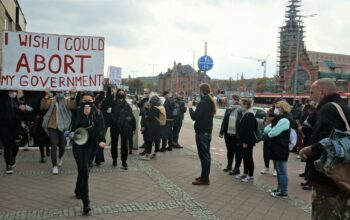Albania is said to be one of the oldest European nations and yet the history and the culture of the nation and the country itself are not very familiar to most of us. In the beginning of October 2019 we had the unique chance of travelling to Albania and getting to know the country as part of the fall trip arranged by UF Malmö.
On the first day of our trip, we took part in a walking tour of Tirana, saw a lot of important sights and heard interesting stories of its history. All the historical facts about Albania in this article are based on the information presented by the local guide on the tour.
The capital surprised us with its beauty, tons of greenery and colorful houses. The metropolitan area of Tirana hosts 1 million citizens, which is around a third of the country’s whole population.
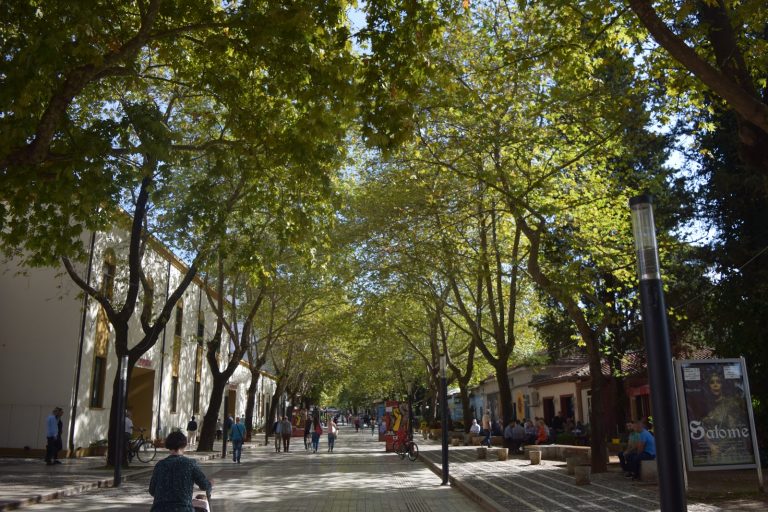
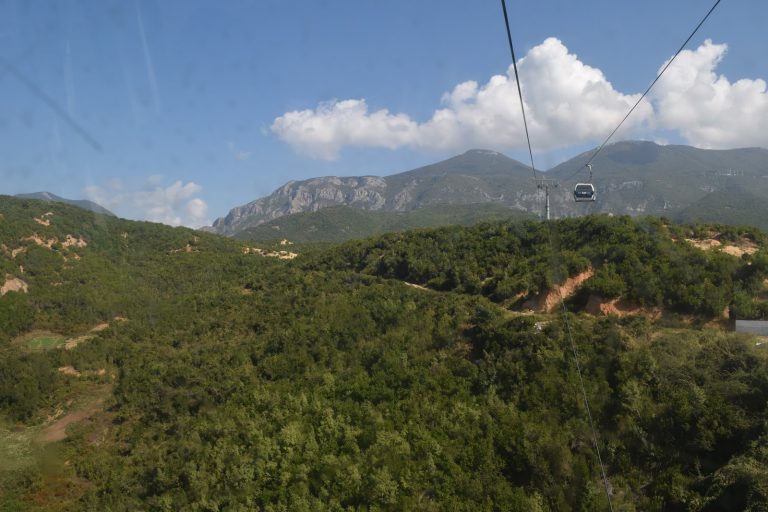

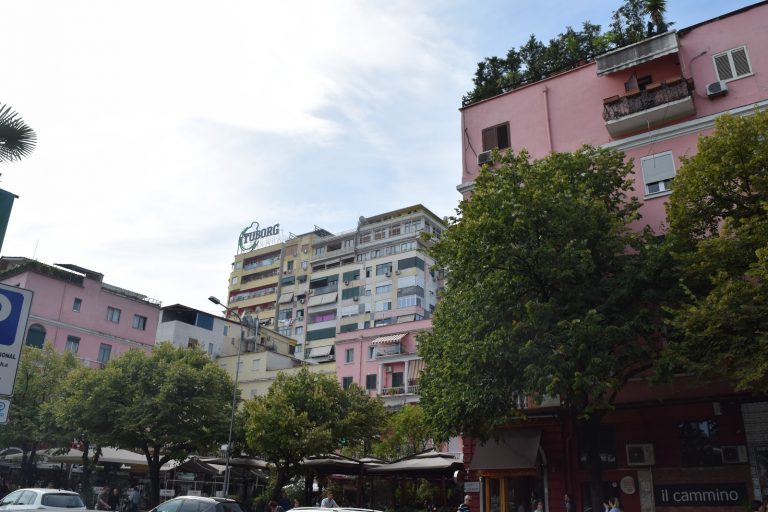
Painting the city’s buildings in bright colours in the early 2000’s originally was the idea of the then city mayor, now Prime Minister of Albania, Edi Rama who is also a painter. It was his vision to highlight the bright and happy future ahead after the grey years of communism.
During our trip we gained a lot of insights into the historical chapter of Albania, in particular, when it was a lesser known communist dictatorship within Europe. However, this nation’s history starts from the ancient times, when the country was part of Illyria. Before the modern era, Albania was ruled under the Roman, the Byzantine and most significantly the Ottoman Empire, until it gained independence on 28th November 1912.
The most prominent feature of Albania’s recent history, has been it’s strict communist rule under Enver Hoxha from 1944 until 1991. Albania sometimes even was referred to as the ‘’North Korea of Europe’’ due to the personal cult surrounding Hoxha, strong restrictions to citizens freedoms and severe violations of human rights during this time period.
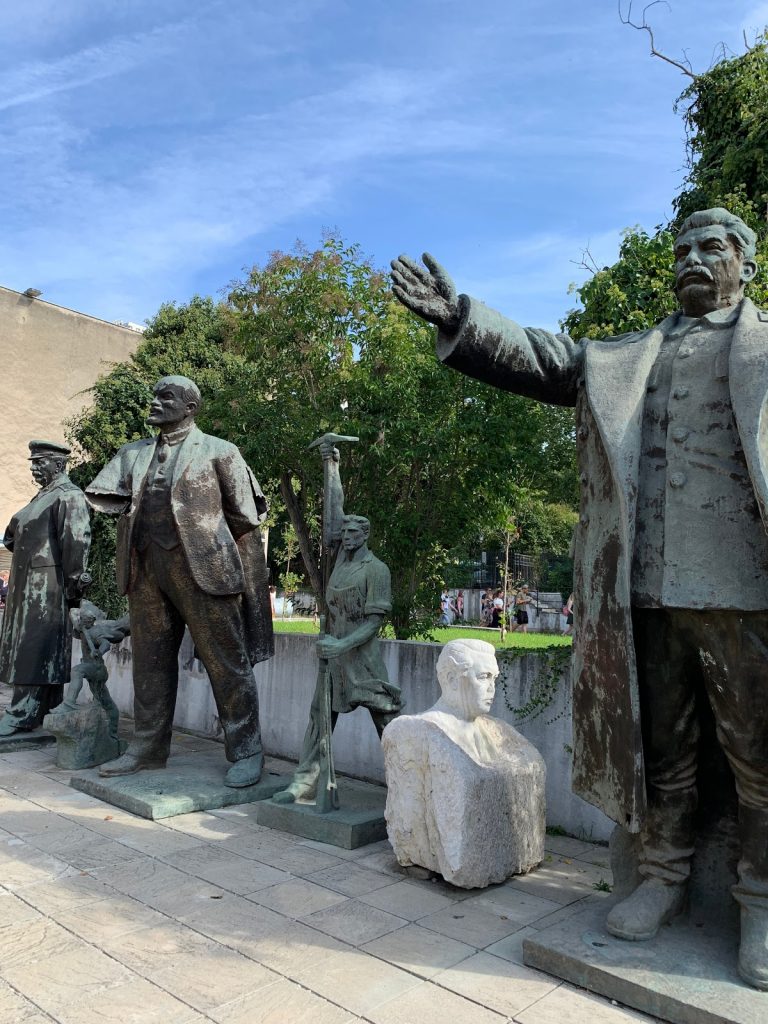
The beginning of Hoxha’s rule was strongly influenced by the Soviet leader Josef Stalin as Hoxha followed his footsteps in creating a communist regime with a closely planned economy. In the 1950s, once the Soviet Union abandoned Stalinism, Albania tightened its relations with the People’s Republic of China led by Mao Zedong but eventually also this relation was destroyed and Albania was left without allies. This lead to the isolation of the nation, and no man could freely enter or leave the country.
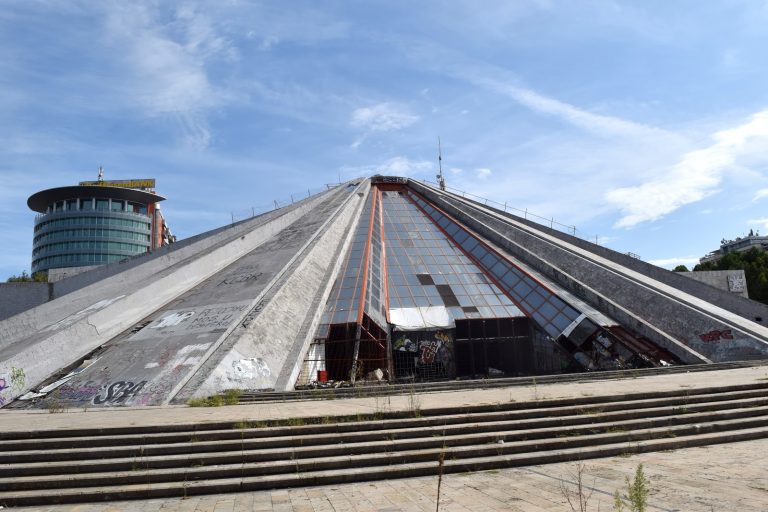
The communist era was marked by Hoxha’s paranoia of foreign powers invading Albania. Its legacy is still one of the most visible features of the country, as the leader built over 700 000 bunkers all over the country to protect the people. Today, a great amount of these bunkers are still visible in the Albanian landscape and two museums called Bunk’art 1 and 2 are telling the story of communist Albania to the public.
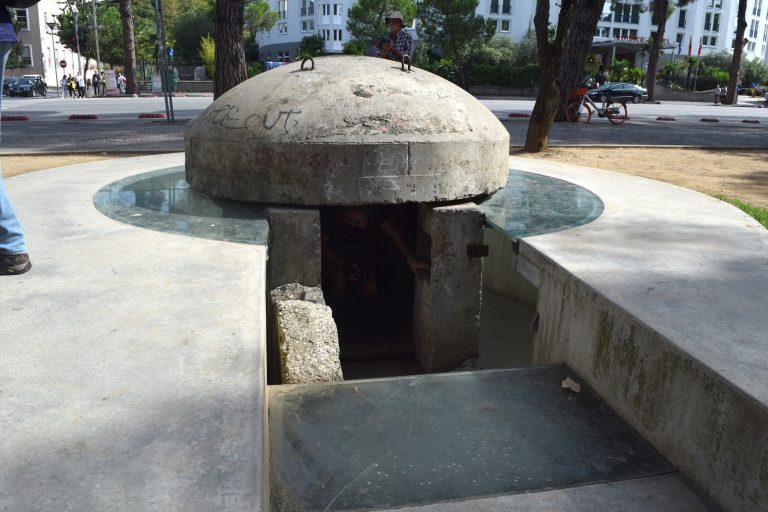
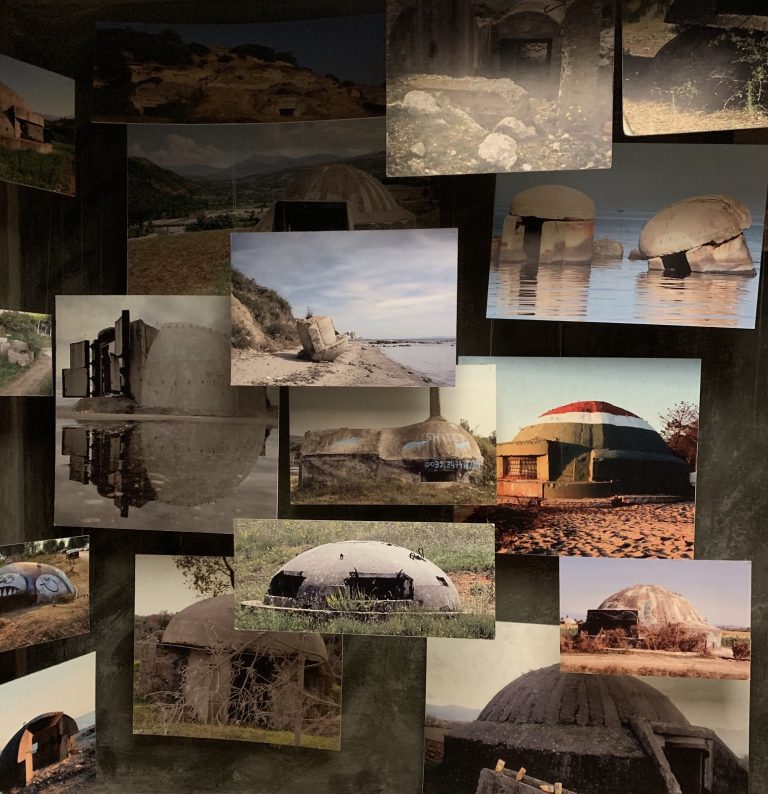
In 1991 communism collapsed in Albania, surprisingly through elections, and the country was ready to open its borders and contribute to the international community.
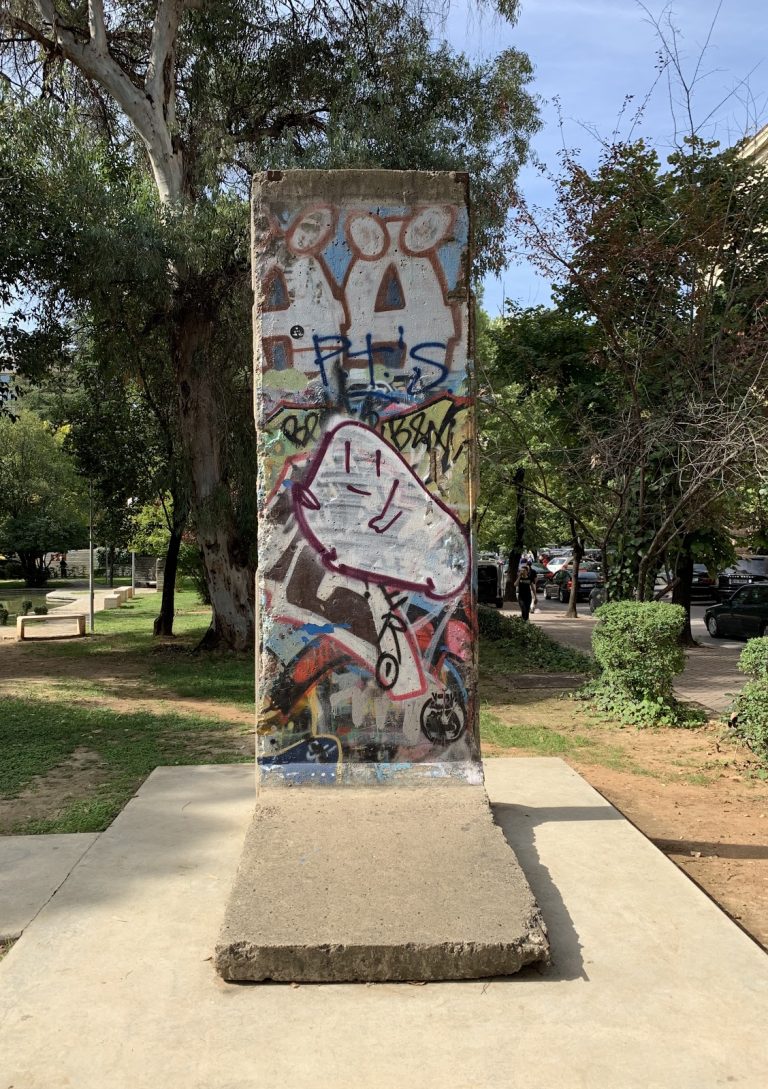
One rather ironic part symbolizing the end of communist era in Albania is the site of former leader Enver Hoxha’s house. The first international fast food chain ever to arrive in Albania was Kentucky Fried Chicken, and today their restaurant is located across the street from Hoxha’s house, the face of the logo smiling directly at it.
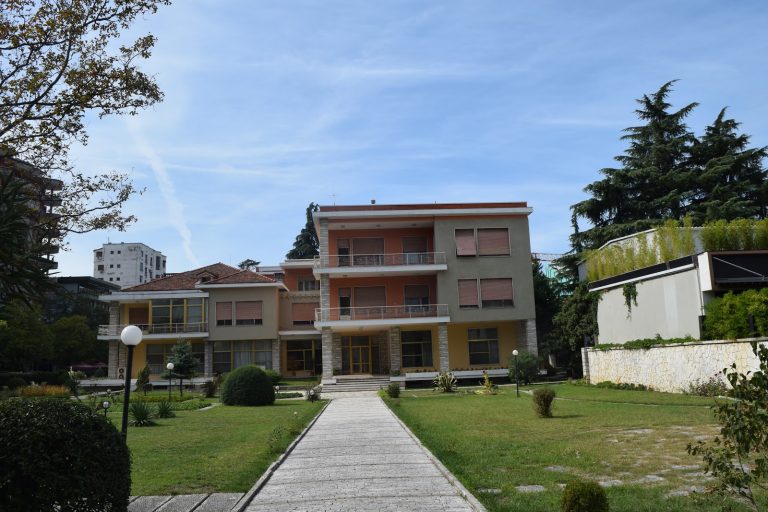
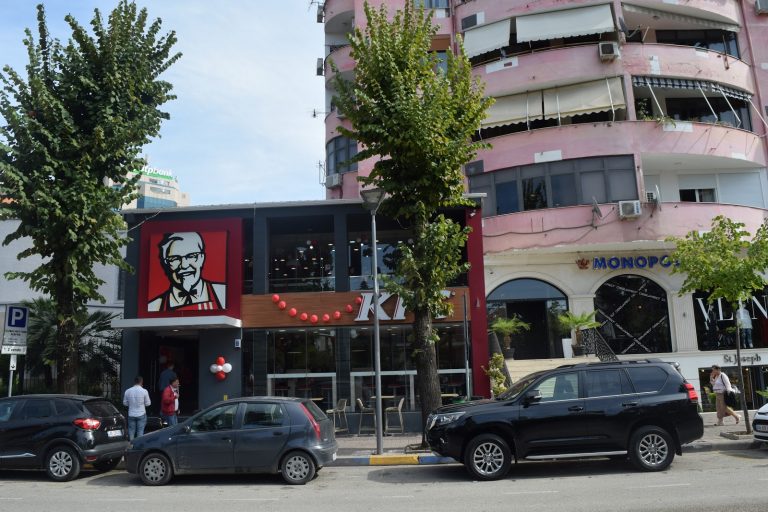
Since the communist rule, Albania has been developing rapidly, striving to get rid of the organized corruption and other societal issues, and today it is a member of many international organizations such as NATO and WTO. The modernization and shift to market economy took place quickly, as in the past 27 years the country has been able to establish remarkable reforms.
The country today is very pro-west and eager to join the EU, with as much as 94% of the population in favor of joining. Our visit in the Swedish Embassy in Tirana gave us more profound insights on Albania’s possible EU accession, and we discussed the role of Sweden as a big supporter of Albania’s accession after 50 years of bilateral cooperation. As you are reading this article, the EU leaders are discussing the opening of accession negotiations with Albania.
During our trip we also heard about the most current political and societal situation of Albania, when visiting CRCA – Children’s rights center Albania and Roma Active, an NGO helping Roma and working on challenges the minority faces in Albania. These visits gave us a lot of information about the current issues the nation is facing, especially in terms of becoming an applicant to the EU. One large problem is the fact that young people are leaving the country to study or work abroad and are not returning. NGOs like CRCA are working towards building trust and safety net for young people to return and invest in their home country. Though there are still major issues with transparency, grass-root corruption and trust in politicians, Albania seems to be on the right path in terms of becoming more and more democratic. It is likely that within the next decade, Albania will be ready to officially begin the EU application process, which we think would be beneficial to all parties.
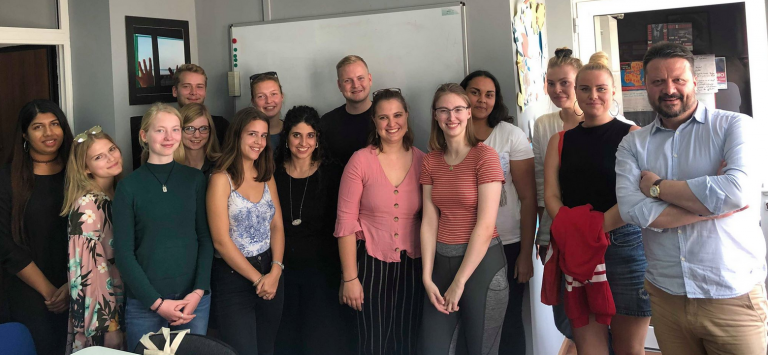
by Isa Tiilikainen & Jasmin Virta
Photo credits
UF Malmö visiting CRCA by Jonathan Lindstén, All rights reserved
All other photos by Isa Tiilikainen & Jasmin Virta, All rights reserved
